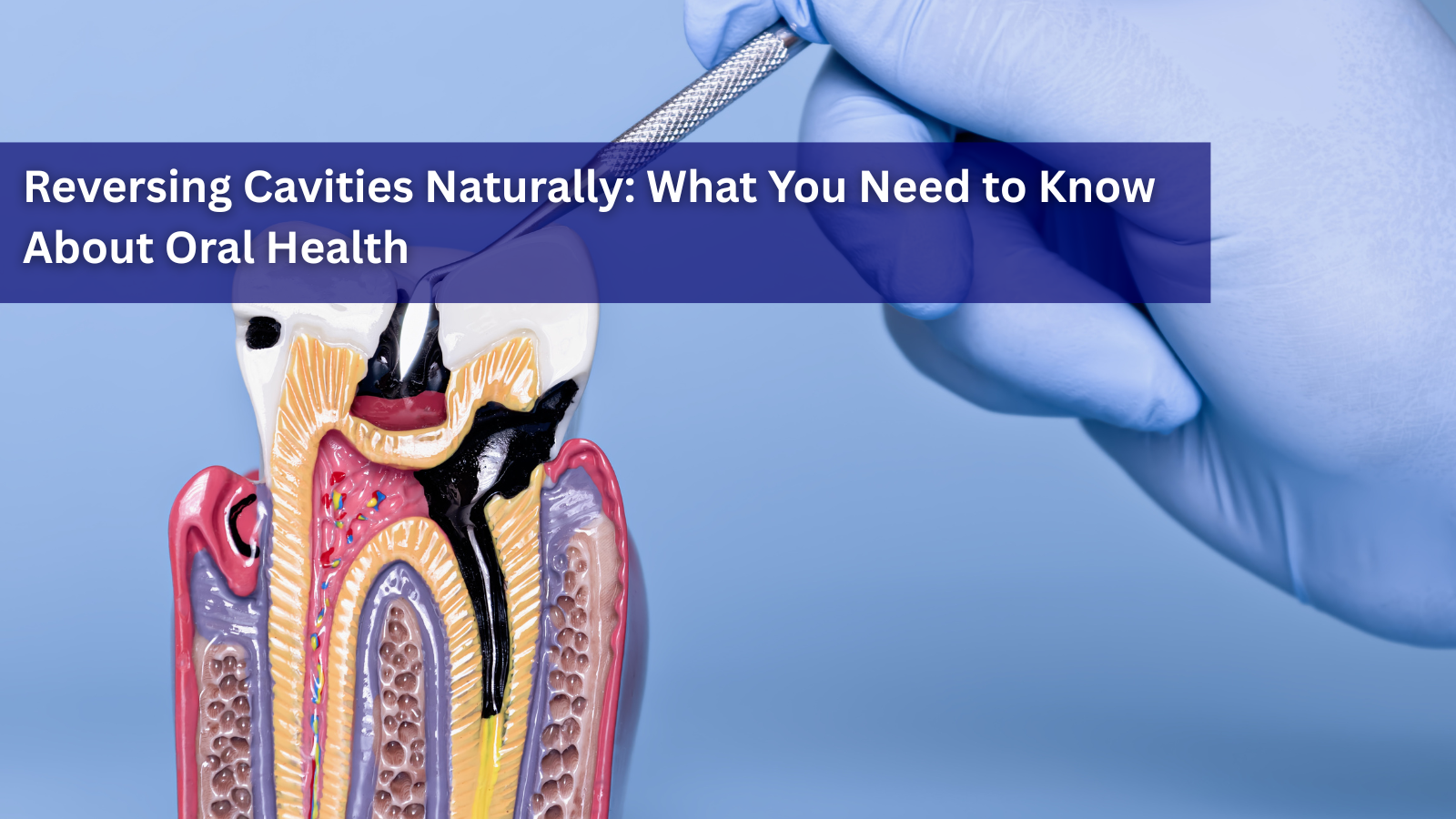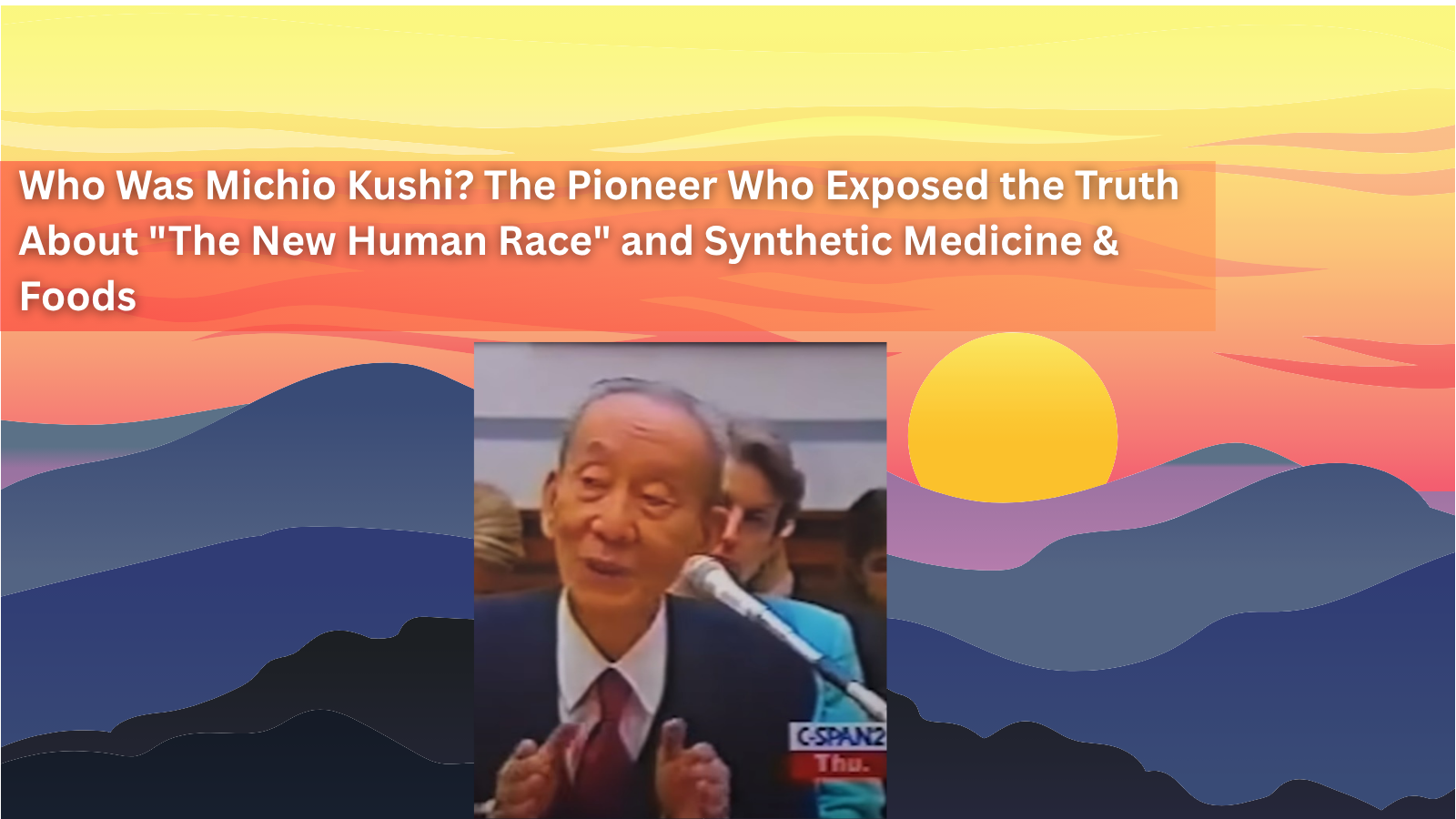Why Did the FDA Ban this Basic Amino Acid?

The story about how and why the FDA banned the amino acid, tyrptophan, highlights the how far back the problems and contradictions in the agency go. In 1989, as many as 10,000 people got sick, and around 100 people died, from consumption of tryptophan that was made from genetically modified bacteria. The epidemiologist who tracked the disease raised concerns about GMO and was quickly chastised by the FDA for doing so. It took years to confirm his suspicion that the GMOs were the cause. The FDA argued that since there were a few dozen cases of the disease, prior to the most recent GMO strain developed in 1989, that there was some other cause than the genetic modification.
Later, the epidemiologist, and subsequent researchers like William Crist, were proven correct about the GMO being the main cause, and that the FDA had lied not only about two dozen cases (there were hundreds) but also about there not being any GMO strains of bacteria used prior to the major outbreak in 1989. However, it was discovered that the Japanese company that made the tryptophan had been using other strains of GMOs since 1985, which suggested that these strains could be the source after all. Officials at the FDA denied this, however, and declared that tryptophan was part of a health supplement “fraud” and therefore should be banned across the country, regardless of its source.
The FDA has continually ignored studies showing that GMO-produced strains can create unknown toxins and unpredictable effects including what happened in the late 80s and early 90s. Today, things are no better, and even though the ban on tryptophan was lifted, there is no requirement to even test GMO-derived food crops or supplements. How can the FDA then say no one has ever been hurt by GMOs when they have? And why does the FDA continue to prevent GMO labeling, even though 90% of Americans want it? Rutgers Law Journal, regarding the tryptophan debacle said that the FDA, “has far more to do with eliminating competition in the pharmaceutical industry than preserving the public health.” (1).
High Food Sources of Tryptophan
Most people do not need supplementation of of tyrptophan, as its found in many food sources.
- Cheese (1 cup = 177%
- Bananas (1 cup - 5%)
- Avocados (1 cup = 14%)
- Fish (1 cup = 90%)
- Potatoes (1 cup = 7%)
- Pistachios (1 cup = 76%)
- Organic Oats (1 Cup = 31%)

Further reading:
Seeds of Deception: Exposing Industry and Government Lies about the Safety of the Genetically Engineered Foods You’re Eating by Jeffrey Smith, former executive with a laboratory testing for GM presence in foods.
“The stories Smith presents read like a mystery novel. Scientists are offered bribes or threatened; evidence is stolen; data withheld or distorted. Government scientists who complain are stripped of responsibilities or fired. The FDA even withheld information from congress after a GM food supplement killed nearly a hundred people and permanently disabled thousands. While Smith was employed by the laboratory he was not allowed to speak on the health dangers or the cover-up. No longer bound by this agreement, Smith now reveals what he knows in this groundbreaking exposé.”
by Claire Robinson, John Fagan, PhD, and Michael Antoniou PhD
"Some would have us believe that the case against genetically modified (GM) crops and foods is based on emotion, not science, and that to oppose GM crop and food technology is to be anti-science. The same people claim that GM crops offer higher yields and better nutrition, that they are safe for health and the environment, that they reduce agrochemical use, and that they are needed to feed the world's growing population. This book, co-authored by two genetic engineers and a writer/researcher, exposes these claims as false, using scientific and other documented evidence."
by
1 comment

October 14, 2025
Reversing Cavities Naturally: What You Need to Know About Oral Health
It All Starts in the Mouth: Your Gateway to Health You don’t often hear about reversing cavities naturally — not because it’s impossible, but because it’s rarely discussed. Much of modern dentistry focuses on treatment rather than preven...
Read more
October 14, 2025
Some Historic Policy Shifts Against Animal Cruelty
When President Donald Trump made animal cruelty a federal crime in 2019, it marked the beginning of a sweeping transformation in how the federal government approaches animal welfare. Now, in his second term, the administration is quietl...
Read more
October 14, 2025
Who Was Michio Kushi? The Pioneer Who Exposed the Truth About "The New Human Race" and Synthetic Medicine & Food
In 1979, Michio Kushi, a prominent Japanese health food pioneer, delivered a powerful message to the world. He boldly exposed the dangers of the growing trend of synthetic medicine and foods in his work, The New Human Race. At a time wh...
Read more




F= fact
D= distortion
A= administrators
Leave a comment